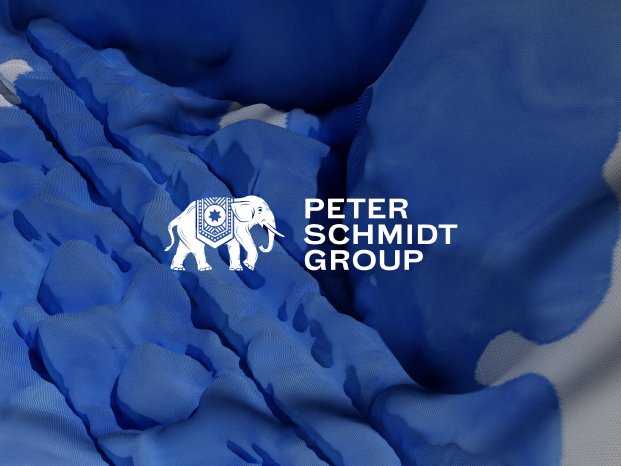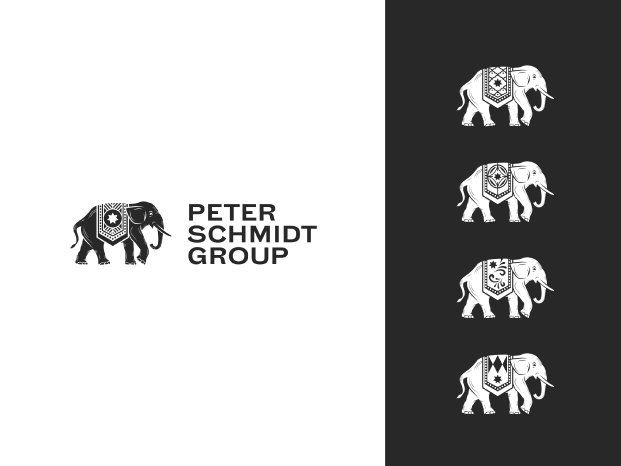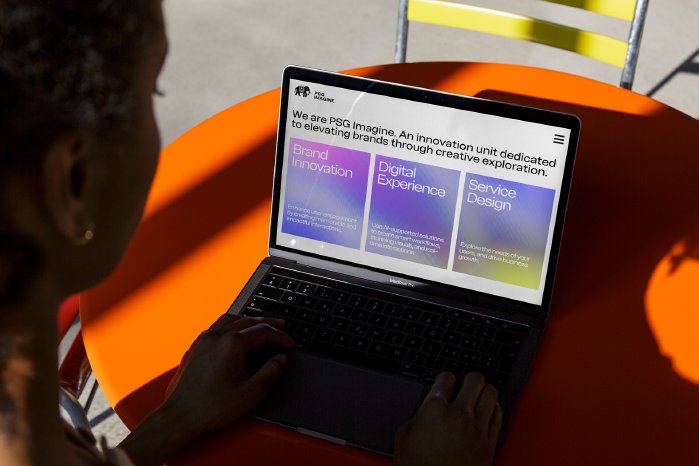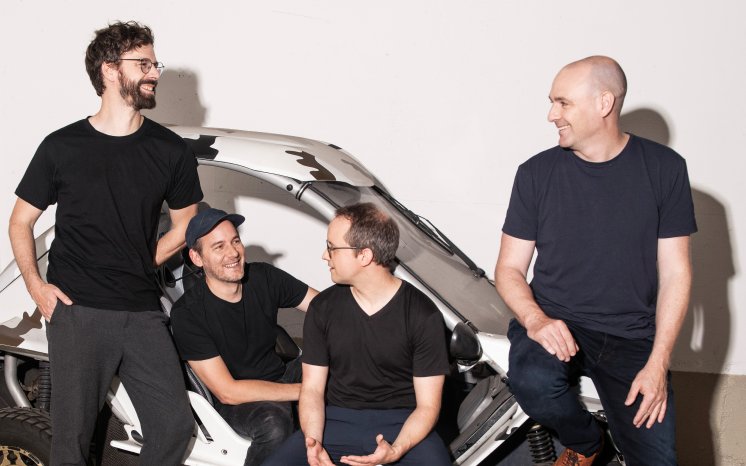But at the same time, every technical innovation depends on the power of creative ideas. “The future belongs to brands full of character and personality. And they can only be developed by real human beings, by people who are capable of empathy,” Lukas Cottrell added. “Technology cannot fulfill this role, but it can undoubtedly serve as a valuable amplifier of human ideas.” The agency's new tagline expresses this self-image in a nutshell: “Amplified Imagination.”
New innovation unit “PSG Imagine” develops autonomous brand systems
Peter Schmidt Group has formed an innovation unit that will enable companies to exploit new business models by ensuring the optimal interplay of technology and creativity. Called “PSG Imagine,” the new department will explore digital innovation, brand innovation and service innovation by developing AI-supported prototypes, wielding a variety of tools in production processes, and designing brand experiences that are exciting and interactive. “Creative exploration is indispensable for brands if they want to remain successful in the future,” said Lukas Cottrell.
On the basis of the latest AI technologies, PSG Imagine will also provide bespoke products such as an image generator or a brand companion. “Both are important building blocks for creating autonomous brand systems,” said Felix May, director of digital consulting and the unit's team leader. “Nowadays, brands are required to employ an entire multiverse of innumerable touchpoints, interfaces, visual environments, while user expectations are constantly changing. Existing, conventional brand systems are not capable of predicting these changes and responding to them.” Along with Felix May, other key contacts at PSG Imagine include executive creative director Felix Damerius, creative director Stephan Wolter, and strategy director Michael Waning.
The elephant is stronger than ever – and part of a diverse herd
The agency's new positioning and technological offerings are also reflected in the completely new visual identity Peter Schmidt Group has created for itself. The elephant that has traditionally appeared in the iconic logo is now more powerful than ever – strong in character, rich in detail, and self-confident, with subtle allusions to the original version. The elephant designed by Peter Schmidt in 1972 for a tea tin had a blanket on its back. Now, different blankets represent the agency's various offices. For example, a diamond pattern familiar from the Bavarian flag stands for Munich, while colorful azulejo tiles represent the Lisbon office. So instead of just a single, one-size-fits-all elephant, there's now an entire herd. And the wordmark combines a contemporary, sans serif font with characteristics that subtly harken back to the elephant mascot.
While the elephant itself is drawn in a traditional style, all the other elements in the new design system are modern and forward-looking. The imagery style includes organic motifs and digital animations; the company typeface is an elegant Grotesque font specially developed by Peter Schmidt Group – a proficiency many agencies don't possess, but which is becoming more and more important, according to executive creative director Felix Damerius. “Whether in print or digital media, the written word carries weight. A unique corporate typeface enables brands to convey their core values with every statement they make,” he said. “That's why we consider it an integral part of design development for each of our clients.”
The previously monochrome, black-and-white visual identity is also being supplemented with vibrant new color accents. “This creates an exciting contrast,” Damerius explained, especially because the new blue is generally associated with new technology.
Unique corporate sound
Another new addition to the agency’s communications portfolio is a corporate sound with a strong character, developed in collaboration with sound-branding agency TRO and renowned elephant researcher Dr. Angela Stöger-Horwarth. It is based on the fact – unbeknownst to most people – that elephants communicate with one another using low-frequency sounds called “rumbles” that enable them to communicate across distances of several kilometers. TRO modified original recordings of rumbles and used them to compose a diverse set of sound elements. The corporate sound – unique among agencies and in the broader landscape as well – will support Peter Schmidt Group in its communication.




